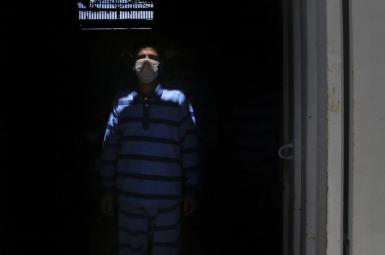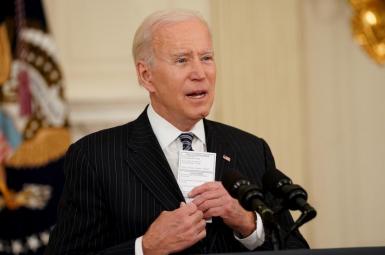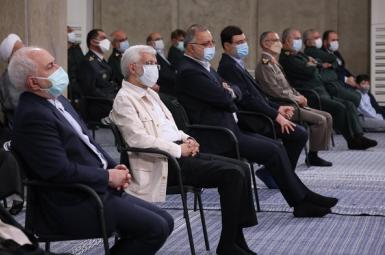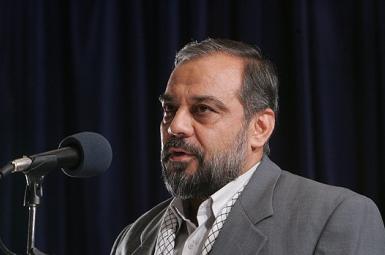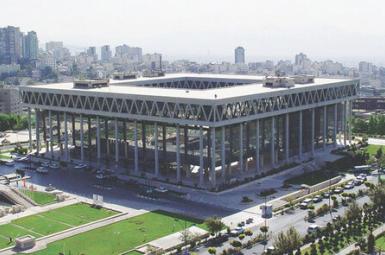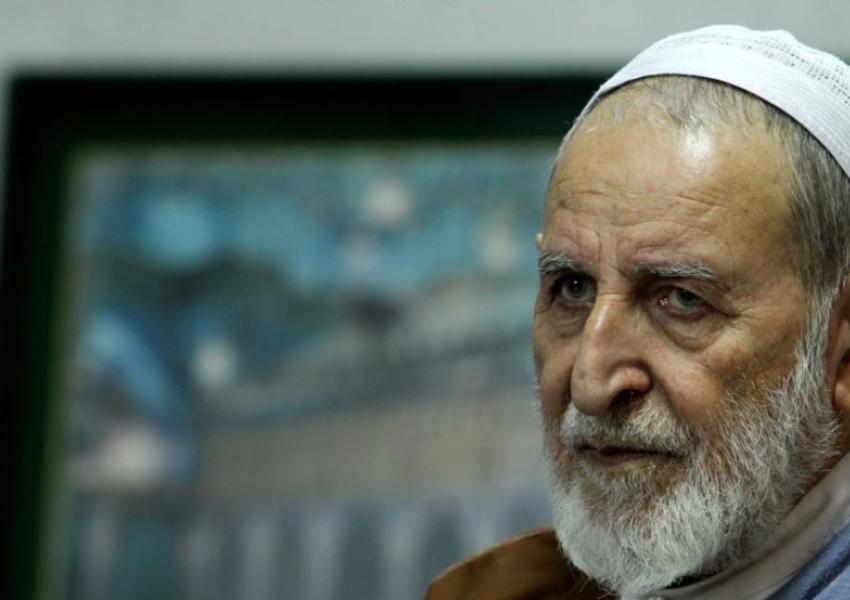
Former Iranian Judiciary Chief, Radical Cleric Mohammad Yazdi Dies
Mohammad Yazdi, one of Iran’s most sinister clerics, a Muslim fundamentalist staunchly loyal to Supreme Leader Ali Khamenei, died Wednesday morning, December 9, from stomach cancer, aged 89.
For three decades, Yazdi did most of Khamenei’s dirty jobs as a prominent member of the Assembly of Experts and the Guardian Council, attacking and disqualifying anyone slightly at odds with Khamenei’s ideas or his rule. He committed numerous human rights violations as head of Iran’s fearsome judiciary.
He kept at bay all four Iranian Presidents who took office after Khamenei became the Islamic Republic’s leader, giving a hard time to Akbar Hashemi Rafsanjani, Mohammad Khatami, Mahmoud Ahmadinejad, and Hassan Rouhani in the rare instances they showed the slightest sign of disobedience to Khamenei. In one of his stand-offs with Rouhani, Yazdi in 2018 called him “illiterate” in Islamic affairs.
Around the same time, when Khamenei announced his vision for the second 40 years of the Islamic Republic, Yazdi said that “Iran has progressed equal to 400 years during the past 40 years.”
Yazdi’s death has filled Persian social media with jokes, and witty recollections about Yazdi’s life and character. Many suggest that the Angel of Death made a mistake, taking Yazdi rather than Mohammad-Taghi Mesbah-Yazdi, a cleric who has been lingering on his death bed for weeks.
Others swapped jokes about 94-year-old Ali Jannati, another senior cleric, who has outlived Yazdi. Others reminisced that Yazdi begged God to kill his epileptic daughter during a pilgrimage to Mecca. “God accepted my request and she died shortly afterward,” Yazdi supposedly said.
Although Yazdi was born in Esfahan, his family comes from Semnan, the same province where Ahmadinejad and Rouhani were born and raised. Yazdi was the chairman of the Seminarians Association for longer than 30 years until his death, and a member of the Guardian Council from 1988 to 1989 and from 1999 to 2019, when he resigned his post saying that he was old, ailing, and tired.
Nevertheless, he was elected in February to the Assembly of Experts, where he had sat previously from 1991 to 2016. Yazdi’s other posts included being a member of parliament from 1980 to 1988. As head of the Judiciary from 1989 to 1989 he approved hundreds of death sentences and imprisonments.
While serving as judiciary chief, he was the most important enemy of not only the free press and press freedom but also the newspapers that struggled for survival under strict control.
In a country where non-elected hardline Islamic fundamentalists rule for life, and change through democratic processes seems almost impossible, death offers a rare outlet for hope.
Last week, Iranians on social media were upbeat about the possible death of Khamenei, 81, who has been Supreme Leader for 31 years. Rumors about his demise reached Arab and international publications, even though a media officer at Khamenei’s office denied the reports. A week earlier, news of the death of Mesbah-Yazdi was the talk of the town. He remains in a coma.
For 42 years, the same generation of hard-line politicians have ruled Iran. For the time being, the only way to bring about a change in that cycle is death.


